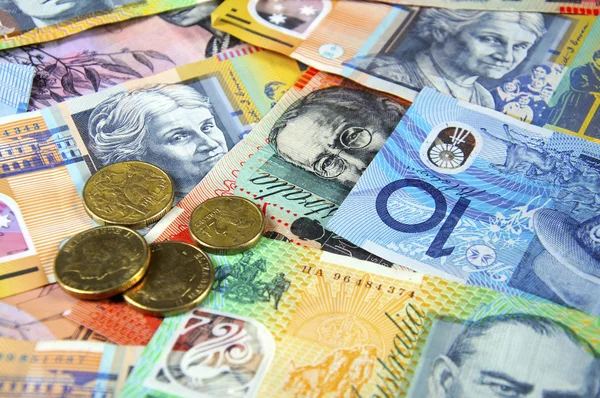Australian dollar remains below its psychological barrier amid a stable US dollar.
The Australian Dollar (AUD) consolidates with a lower tilt on Friday, after the losses of the previous two sessions. The AUDUSD pair is under pressure due to the S&P/ASX 200’s poor performance, as well as lower coal and iron-ore prices. Furthermore, the US Dollar (USD) rose against the Australian Dollar (AUD), backed by US Treasury yields rose on Thursday.
Governor of the Reserve Bank of Australia, Michele Bullock, underlined the bank’s commitment to reducing inflation.
The Australian dollar may have found some support when Reserve Bank of Australia (RBA) Governor Michele Bullock restated the RBA’s commitment to managing inflation, citing hopeful indicators in inflation data. Bullock stated that while the board has not ruled out more interest rate hikes, it has not confirmed any.
CBA retains its prediction of 75 basis points of rate decreases for 2024, with the first cut expected in September.
However, the Commonwealth Bank of Australia (CBA) retains its prediction of 75 basis points of benchmark interest rate decreases in 2024, with the first cut expected in September.
Despite lower US bond yields, the dollar strives to prolong its gains.
The US Dollar Index (DXY) seeks to extend its recent advance for the second day in a row, despite falling US bond yields. This resiliency is largely attributable to hawkish pronouncements by the US Federal Reserve. (Fed) officials continue to support the US dollar. Furthermore, encouraging news from the US labor market are anticipated to add to the Greenback’s momentum.
On Thursday, Federal Reserve Richmond President Thomas Barkin reaffirmed that policymakers have the ability to be patient in terms of rate increases, citing a strong labor market and persistent disinflation. During a press conference following the January 31 interest rate decision, Federal Reserve Chair Jerome Powell also discounted the possibility of a March rate cut.
US initial jobless claims fell to 218K in the week ending February 2 from 227K the previous week, exceeding the expected result of 220K. Continuing Jobless Claims fell to 1.871 million for the week ended January 26. Market estimates are predicted A reduction of 1.878 million from the previous reading of 1.894 million.
Daily Market Movers: The Australian dollar remains stable amid a steady US dollar.
Australia’s AiG Industry Index in December fell to -27.3 from -22.4 the previous month.
Australia’s retail sales (QoQ) increased by 0.3% in the fourth quarter, up from 0.2% the previous quarter.
The Chinese Consumer Price Index (CPI) increased by 0.3% MoM in January, falling short of the predicted 0.4%. However, it is an improvement above the previous reading of 0.1%.
China’s annual CPI fell by 0.8%, beating the expected decrease of 0.5% and the preceding decline of 0.3%.
China’s Producer Price Index (YoY) fell by 2.5%, less than the projected 2.6% decrease.
Federal Reserve Governor Adriana Kugler expressed delight. During his remarks on Wednesday, he expressed optimism that the significant progress in inflation would continue.
Fed Boston President Susan Collins, speaking at the Boston Economic Club, hinted at rate reduction later this year if the economy meets forecasts.
The Atlanta Fed’s wage growth indicator fell to 5.0% in January, from 5.2% in December. This is the lowest growth rate since December 2021, when it was 4.5%.
US Initial Unemployment Claims The four-week average increased to 212.25K in the week ending February 2, up from 208.5K the previous week.
US wholesale inventories remained unchanged at 0.4%, as expected.
The 4-week and 30-year US bills were auctioned with average yields of 5.28% and 4.36%, respectively.









